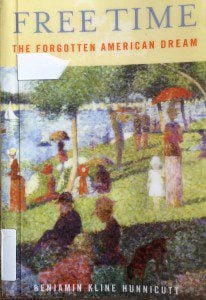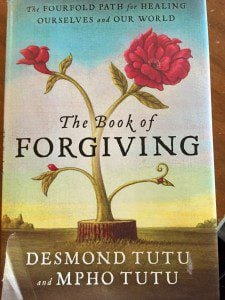(E. Kent Rogers, 12 Miracles of Spiritual Growth: A Path of Healing from the Gospels, Swedenborg Foundation Press, 2012, 210 pages.)
Foundation Press, 2012, 210 pages.)
The opening track of Paul Simon’s landmark album Graceland ruminates on what the word “miracle” means in the twenty-first century:
These are the days of miracle and wonder / This is the long distance call … / The way we look to a distant constellation / That’s dying in a corner of the sky / These are the days of miracle and wonder…. / Medicine is magical and magical is art / The Boy in the Bubble / And the baby with the baboon heart / And I believe / These are the days of lasers in the jungle / Lasers in the jungle somewhere / Staccato signals of constant information … / These are the days of miracle and wonder. (“Boy in the Bubble”)
Indeed, in many ways, modern technology regularly performs more miraculous feats than even the boldest ancient miracle worker would have claimed to have been able to accomplish. The Hubble Space Telescope and the Large Hadron Collider give us miraculous vision: “eyes to see” farther and deeper into the universe that previous generations could not even conceive as possible. The healing power of medical science is extending length and quality of life for stunning numbers of people across the planet. And devices such as iPhones can allow crystal-clear “Facetime” video conferences for two people on opposites sides of the globe.
Our author, Kent Rogers, however, is interested in another kind of miracle for the twenty-first century. Each of the twelve chapter in his book addresses a biblical story related to different sorts of spiritual healing:
Healing from Feelings of Unworthiness
Healing from Lack of Forgiveness
Healing form Spiritual Slavery
Healing from Inner Warfare
Healing from Lost Innocence
Healing from Doubt
Healing form Faith Arrogance
Healing form Lack of Joy
Healing from Fear
Healing from Spiritual Apathy
Healing form Blame-Blindness
Resurrection from Spiritual Death
I am on record as being open to reclaiming the practice of “healing” from the charlatans and hucksters that too often populate the “faith healing” circuit (see my post, “A Progressive Christian Explores Healing Prayer“). But I hasten to add that the author would not, as far as I can tell, identify as a progressive Christian. At the same time, his interest in the writings the 18th-century Swedish mystic Emanuel Swedenborg, whom Rogers quotes a few times throughout the book, would presumably put him on the outskirts of Christian orthodoxy.
I have not read Swedenborg extensively, but I have seen him quoted and referred to periodically. Carl Jung, for example, writes admirably of him. I also recently read a book review of a new biography of Swedenborg, which I have added to my “to read” list.
Prior to being invited to review this book, I was not familiar either with the author (I believe this book is his first) or with the publisher, Swedenborg Foundation Press. According to the back of the book, “Rogers graduated from Bryn Athyn College with a B.A. in Religion and has a M.S. in mental health counseling form the University of Massachusetts.” (“Bryn Athyn College is affiliated with the New Church, also known as the General Church of the New Jerusalem, a religious organization based on the teachings of the Bible and the 18th century philosopher and theologian, Emanuel Swedenborg.”)
His background in the mental health field perhaps contributes to what is, in my opinion, the strongest part of the book: the guided meditations at the end of each chapter. Rogers also includes a helpful Appendix on Meditation, which includes sections on “Overcoming Three Hurdles to Meditation,” “Preparatory Yoga/Stretches,” and “Creating a Physical Space”
Two majors weakness in the book are sexist language for God, and a general lack of acknowledgement of historical-critical scholarship. I appreciate Rogers’ emphasis on cultivating firsthand religious experience, but each of his chapters is based on an excerpt from one of the four canonical Gospels and particularly his references to first-century Jewish figures perpetuate harmful Jewish stereotypes that scholars have been debunking for decades. As a counterbalance to his anti-Jewish bias, I would recommend supplementing the reading of his text with looking up each of his scripture references in the excellent resource The Jewish Annotated New Testament.
NOTE: Please see the comments section of this post for the book author’s response to this review.
This book review is a sponsored post that is part of the Roundtable at the Patheos Book Club. Visit the Book Club website for more free resources related to this book.
The Rev. Carl Gregg is a trained spiritual director, a D.Min. candidate at San Francisco Theological Seminary, and the pastor of Broadview Church in Chesapeake Beach, Maryland. Follow him on Facebook (facebook.com/carlgregg)and Twitter (@carlgregg).












